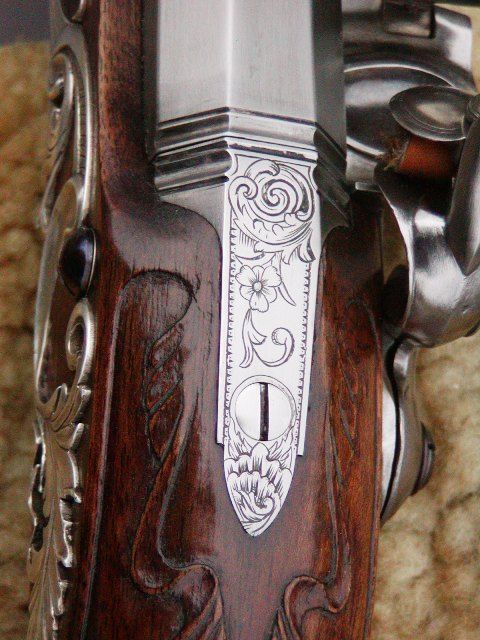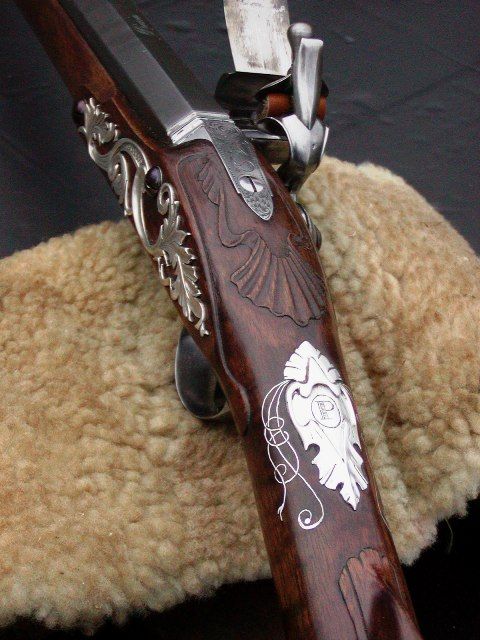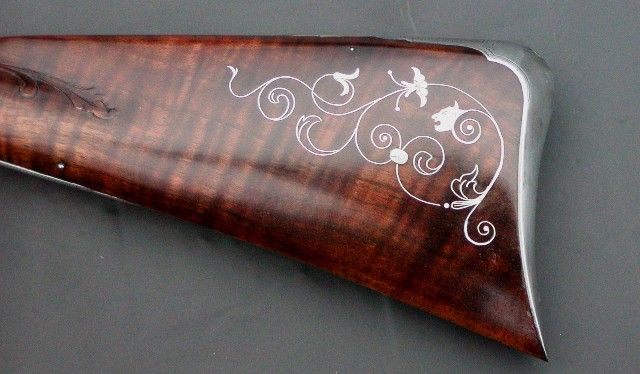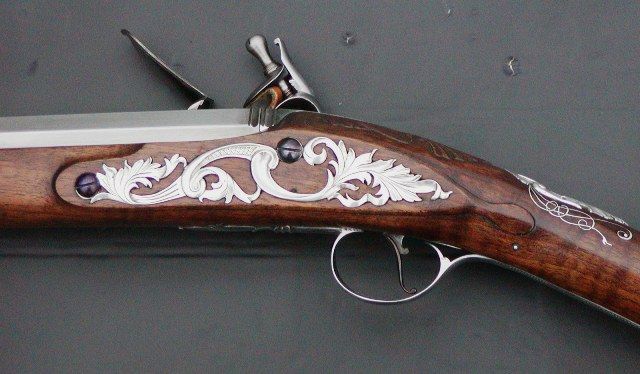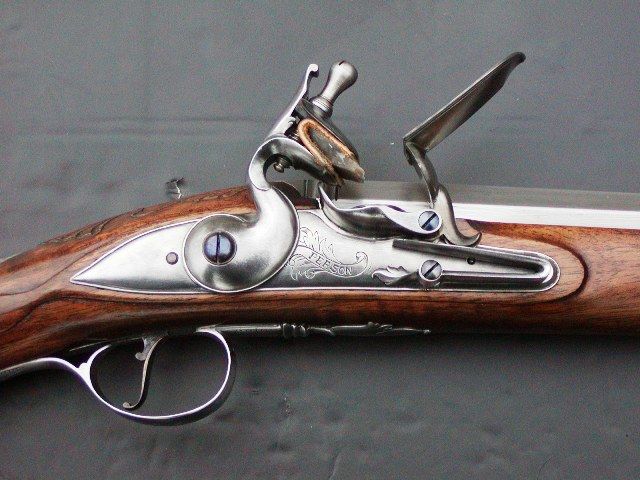- Joined
- Nov 26, 2005
- Messages
- 5,016
- Reaction score
- 9,959
Hi,
Here is my version of an export or 2nd quality grade English fowling gun from 1765-1775. Thousands of these generic guns were made and sometimes ordered by the half dozen by wealthy landowners to serve as guns for guests. They were also exported. Mine is scaled down as if ordered for an adolescent son and will be owned by a petite woman reenactor. The LOP is just over 13”, drop at heel is 2.5”, barrel is 20 gauge, 36” long by Getz. The lock is a small Siler reshaped into a flat-faced English lock. The thumb escutcheon was designed and cast by me and all of the engraving was closely inspired by original guns. The stock is American black walnut that I logged 30 years ago and I colored it to look more like English walnut. The gun was built, decorated, and finished in an efficient workmanlike manner without a lot of fuss. When I hold it next to my original fowler, it looks pretty authentic. Enjoy the photos and comments are welcome.
dave


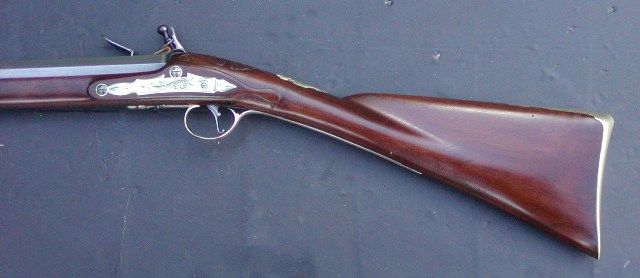
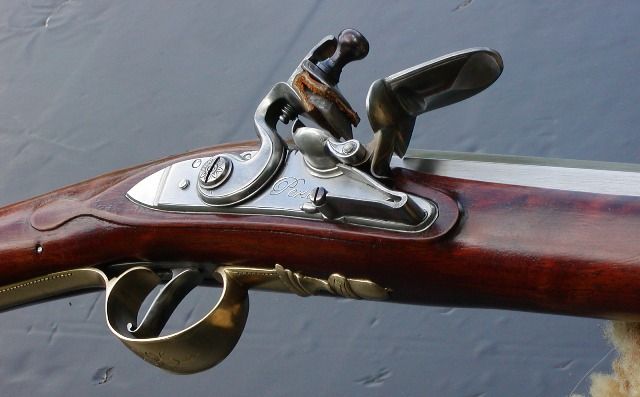
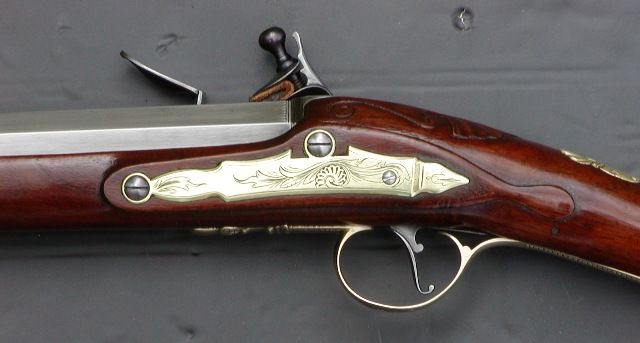
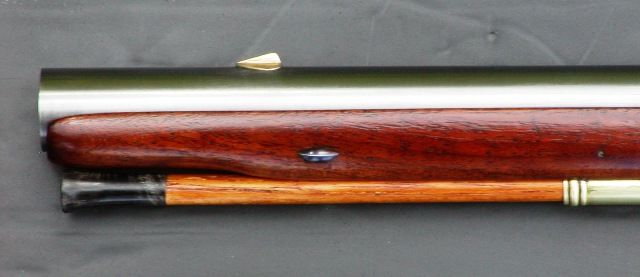
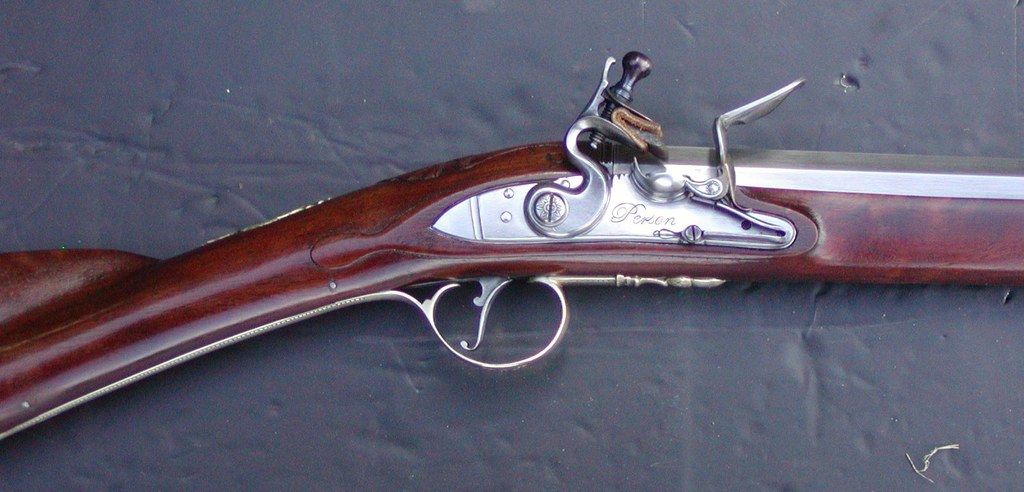
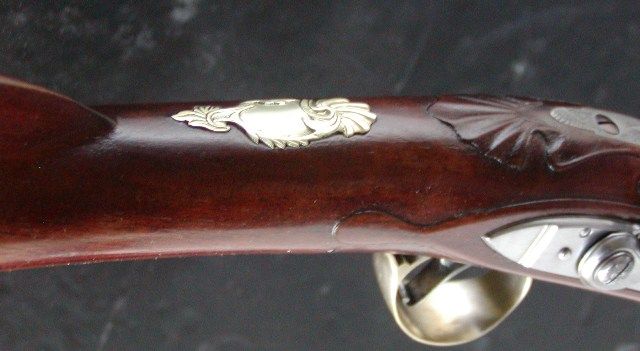
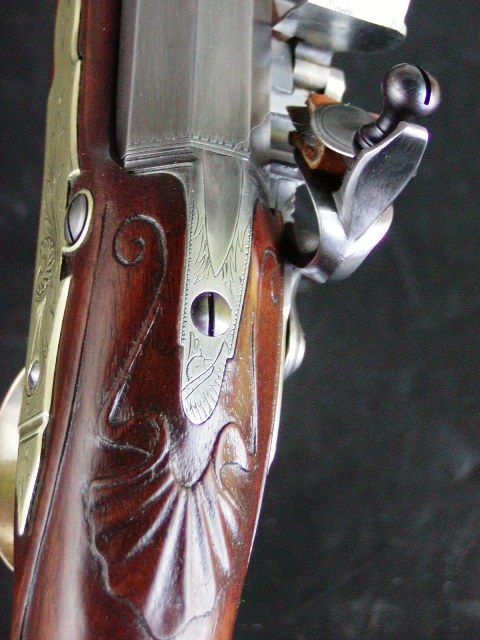
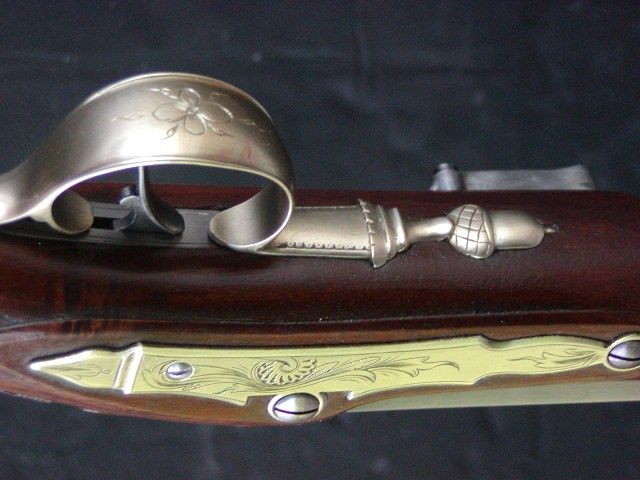
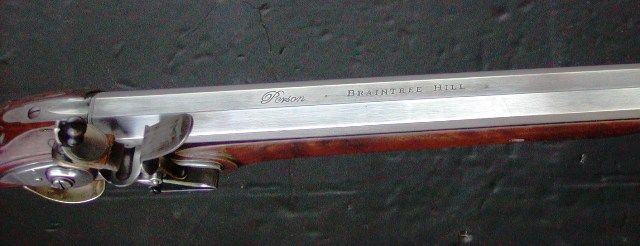
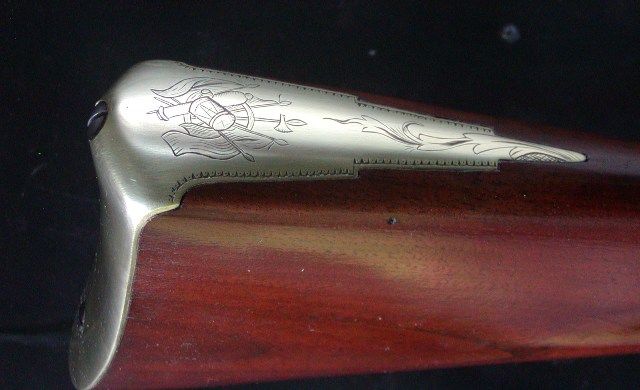
Here is my version of an export or 2nd quality grade English fowling gun from 1765-1775. Thousands of these generic guns were made and sometimes ordered by the half dozen by wealthy landowners to serve as guns for guests. They were also exported. Mine is scaled down as if ordered for an adolescent son and will be owned by a petite woman reenactor. The LOP is just over 13”, drop at heel is 2.5”, barrel is 20 gauge, 36” long by Getz. The lock is a small Siler reshaped into a flat-faced English lock. The thumb escutcheon was designed and cast by me and all of the engraving was closely inspired by original guns. The stock is American black walnut that I logged 30 years ago and I colored it to look more like English walnut. The gun was built, decorated, and finished in an efficient workmanlike manner without a lot of fuss. When I hold it next to my original fowler, it looks pretty authentic. Enjoy the photos and comments are welcome.
dave

















